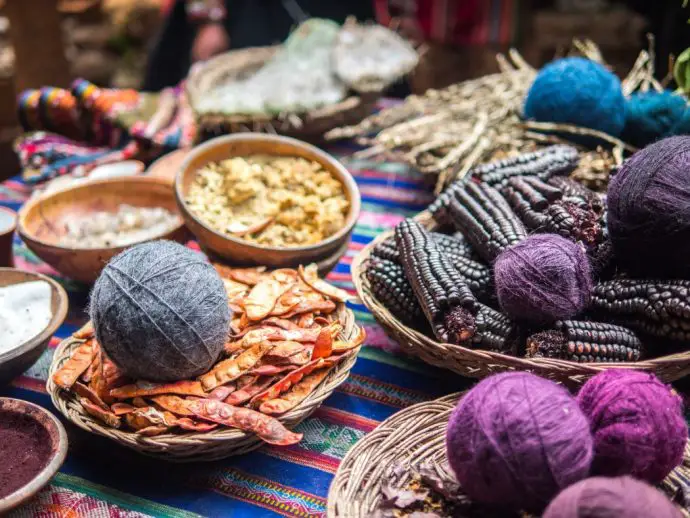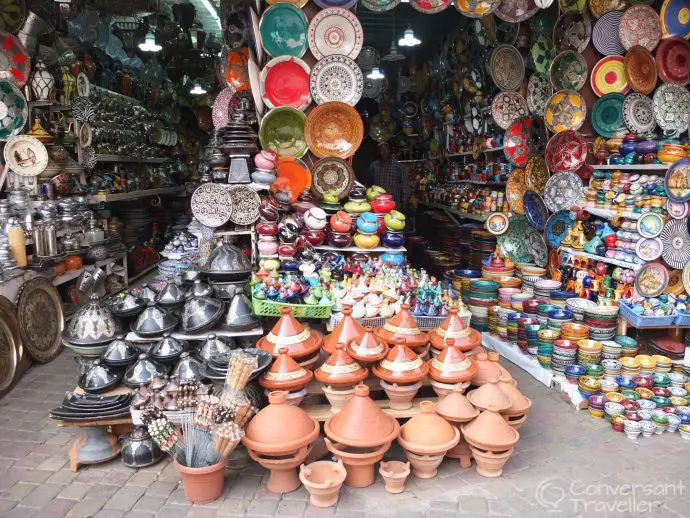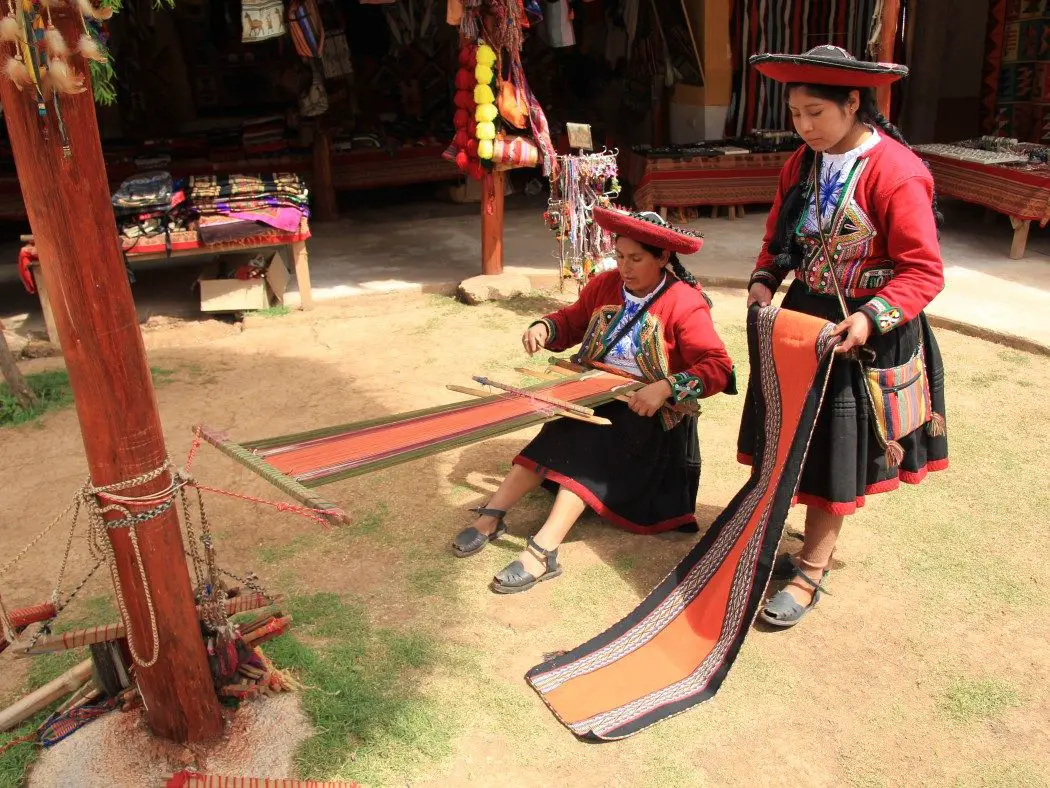Cultural Significance of Crafts
Crafts are a hugely significant part of many cultures around the world. They connect people to their roots and bring communities together. Let’s look at how crafts shape traditions and keep heritage alive.
The Role of Tradition in Crafts
Crafts are like time machines. They take you back to your ancestors’ ways. When you make a craft, you’re doing what your great-grandparents did. This keeps old skills alive.
Many crafts have special meanings. For example, in some places, a quilt isn’t just a blanket. It tells a family’s story. Each patch might stand for a big event. Crafts also teach values. When you learn a craft, you learn patience and care. These are things your culture holds dear.
Cultural Heritage Across the Globe
Every place has its own special crafts. These show what’s important there. In Japan, origami isn’t just paper folding. It’s about precision and respect for materials. Native American dream catchers carry spiritual meaning.
Meanwhile, Mehndi in India means luck and beauty, and tartan in Scotland is all about family ties. These crafts help keep cultures strong. They’re like living museums of a people’s history.
Community and Family in Craft Traditions
Crafts bring people together. They’re often made in groups. This builds bonds between folks. In many places, craft skills pass from parents to kids. This keeps families close. You might learn weaving from your mom or woodcarving from your grandpa.
Craft fairs and markets are big community events. People come to show their work and chat. It’s a chance to make friends and feel proud of your culture. Some communities rely on crafts for money so when travellers purchase homemade souvenirs they’re keeping family traditions alive. You also support a way of life.
Traditional Crafting Techniques
Crafting techniques from around the world showcase amazing skill and creativity. You’ll find beautiful handmade items that tell stories of culture and tradition.
Weaving and Textiles Around the World
Weaving is a craft you’ll see in many places. In Peru, you can watch weavers make colorful fabrics using ancient methods. They use wool from alpacas and llamas to create warm blankets and ponchos. In Scotland, you might spot Fair Isle sweaters. These cosy knits have pretty patterns that are special to the Shetland Islands. Each design has a meaning behind it.
Southeast Asian countries like Thailand are known for silk weaving. The soft, shiny fabric is often used to make fancy clothes and scarves. Weavers use looms to carefully cross threads and make beautiful patterns.

The Art of Pottery and Ceramics
Pottery is an ancient craft that is still practiced today. In Japan, you can see potters make delicate tea cups and bowls. They use a wheel to shape the clay and special kilns to fire the pieces. Mexican pottery often has bright colours and fun designs. You might see bowls and plates with flowers or animals painted on them. Each area has its own style.
In Greece, you can find pottery that looks like ancient vases. Skilled artists paint scenes from myths and legends on the clay. You need a calm hand and plenty of practice to be able to craft these intricate items.
Intricate Crafts of Dyeing and Batik
Dyeing cloth is a craft that makes fabrics pop with colour. In India, you can watch artisans use natural dyes from plants and insects. They dip cloth in big vats to make vibrant saris and scarves. Batik is a special dyeing method from Indonesia. Artists use wax to draw patterns on fabric. Then they dye the cloth. The wax keeps some areas from soaking up the dye, creating cool designs.
In West Africa, you might see tie-dye. People fold and tie cloth in different ways before dyeing it. This makes swirly patterns and bright splashes of color. It’s a fun way to make unique clothes and home decor.
Handcrafted Soaps Around the World
Soap is a craft used every day. As you stroll through the craft market, you will be captivated by the whimsical charm of handmade soaps, shaped and decorated in silicone molds. Each craft tells a story of creativity and skill, allowing you to appreciate the fusion of traditional craftsmanship with modern innovation.
In France, you might stumble upon artisans creating luxurious Marseille soaps. These gentle cleansers are made using traditional methods with olive oil, giving them a creamy texture and subtle scent.
Japanese soap makers are known for their meticulous attention to detail. You might encounter delicate, translucent soaps infused with cherry blossom or green tea. These soaps aren’t just cleansers; they’re small works of art, often molded into intricate shapes or decorated with pressed flowers.
Craftsmanship in Decoration
Decorative crafts add beauty and personality to spaces. Skilled artisans use vibrant colors, intricate motifs, and hand-painted techniques to create stunning pieces from around the world.
Expressive Motifs and Color in Decor
Motifs in decorative crafts tell stories and reflect cultures. You’ll find floral patterns in Indian textiles and geometric designs in Moroccan tiles. Colors have meaning too. Red symbolizes luck in China, while turquoise wards off evil in Turkey.
When you decorate your home, mix and match these global elements:
- Gold accents for luxury
- Blue and white pottery for a fresh look
- Green plants to bring nature indoors
Artisans use natural dyes to create vibrant hues. Indigo gives a deep blue, while saffron produces yellow and orange tones.
Hand-Painted Art from Mexico to the Philippines
Hand-painted crafts showcase incredible skill and patience. In Mexico, you’ll find colorful Talavera pottery. Each piece is hand-shaped and decorated with intricate designs.
Filipino jeepneys catch your eye with their hand-painted exteriors. These unique vehicles feature:
- Bold patterns
- Religious symbols
- Pop culture icons
In India, miniature paintings tell epic stories on tiny canvases. Artists use fine brushes to create amazingly detailed scenes. When you buy hand-painted items, you support age-old traditions. Each piece is one-of-a-kind and adds character to your home.
Global Representation of Crafts
Crafts showcase the rich cultural heritage of countries worldwide. They reflect local traditions, materials, and artistic styles unique to different regions.
Crafts from the Eastern Hemisphere
Japan is famous for its delicate origami and intricate pottery. In India, you’ll find colorful textiles like saris and vibrant block-printed fabrics. China is known for its fine porcelain and silk embroidery.
Morocco stands out with its ornate tilework, pottery and leather goods. The Philippines excel in weaving, creating beautiful baskets and textiles. Oman produces stunning silver jewellery and traditional daggers called khanjars.
In Uzbekistan, you can admire detailed suzani embroidery on fabrics. The UAE is home to skilled artisans who create intricate gold jewellery and traditional wooden boats called dhows.

Iconic Crafts of the Western World
Italy is renowned for its exquisite glasswork from Murano and fine leather goods. In the USA, you’ll find diverse crafts like Navajo rugs and Amish quilts.
Mexico showcases vibrant pottery and colorful papel picado (paper craft). Guatemala is famous for its bright textiles and beaded jewellery. Mali’s craftspeople create stunning mud cloth and carved wooden masks.
These crafts represent just a small sample of the incredible artistry found around the world. Each item tells a story of its culture and the skilled hands that created it.
Sustainability and Innovation in Crafts
Crafts are changing to become more eco-friendly. Artisans are finding new ways to use natural materials and revive old techniques.
Crafting with Natural Materials
You can find many crafts made from renewable resources. Pine needles and sweetgrass are popular choices. These materials grow back quickly and don’t harm the environment.
Artisans weave pine needles into baskets and decor. The results are beautiful and long-lasting. Sweetgrass is used for baskets too. It has a lovely scent that lasts for years. Some crafters use recycled items in their work. Old clothes become new rugs. Scrap wood turns into furniture and stays out of landfills.
Revival and Innovation in Traditional Crafts
Old crafts are getting new life. You might see updated versions of ancient techniques. This blends the best of old and new. Quilting is a good example. People still sew by hand, but now they might use recycled fabrics. Denim from old jeans makes sturdy, unique quilts.
New tools help crafters work faster and create new designs. 3D printers let artisans make complex shapes easily. This opens up fresh possibilities for traditional crafts. Some innovations make crafts more sustainable. Water-based dyes replace harmful chemicals. Solar-powered kilns fire pottery with less energy.





